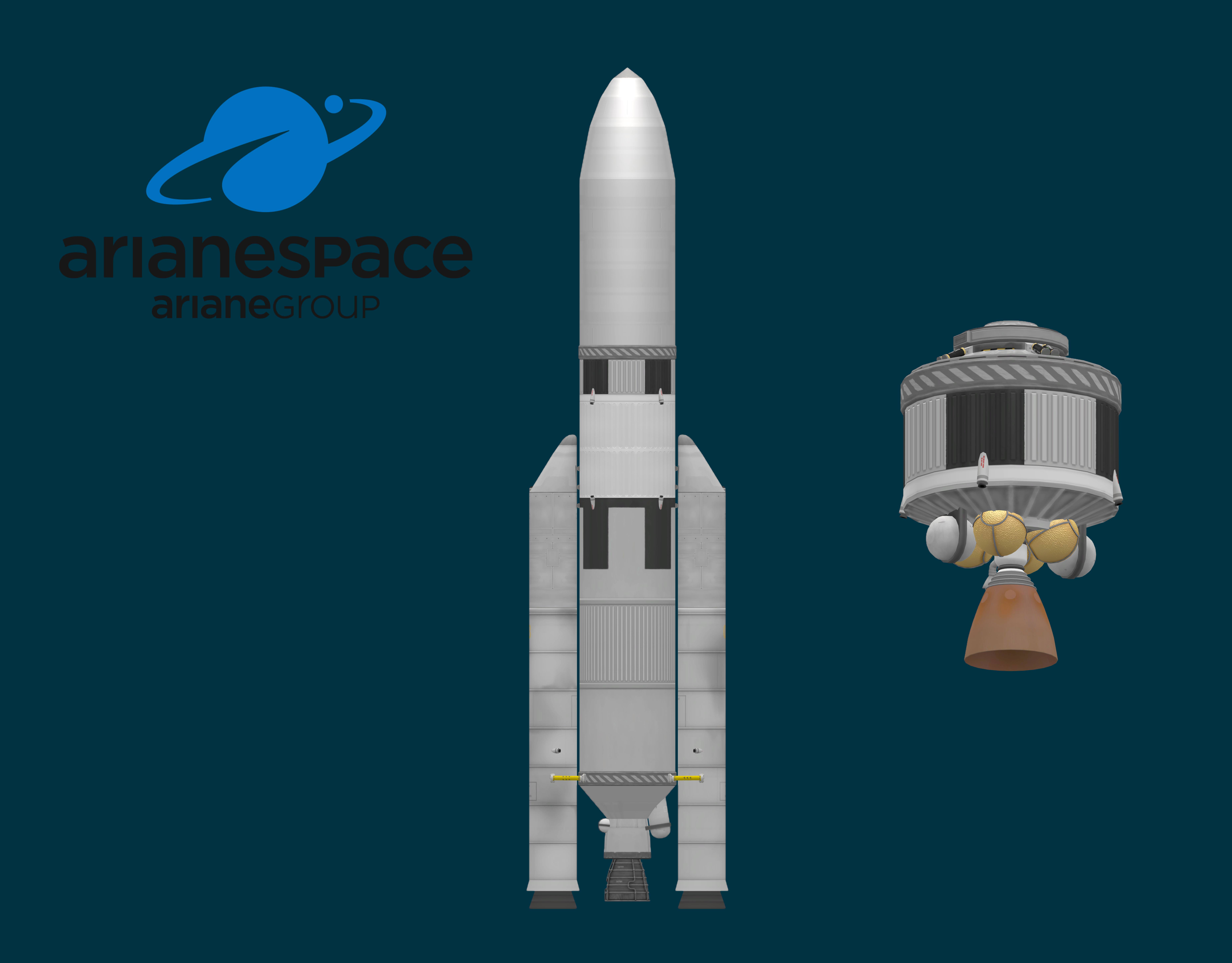

For example, the time between two full moons or two new moons represents the synodic period. The synodic period is the length of time it takes for a moon to reach the same position in a planet's sky relative to the planet's sun. An inclined moon will eclipse Kerbol relative to its parent body, only when that moon's ascending and descending nodes relative to the planet's orbital plane are aligned with any part of the sun. Unlike the Mun, which has no inclination to its orbit, any moon which has an inclined orbit can cast or receive eclipses only during specific times during the parent planet's orbit around Kerbol. From Kerbin's surface the Mun has an apparent diameter of 1.91° and Kerbol is about 2.20°, so the Mun can almost completely eclipse Kerbol. The formula to calculate this for a sphere is: δ = 2 ⋅ a r c s i n ( r d ) Ī body can fully eclipse Kerbol only if it is at least close enough to the observer to appear as large as Kerbol. The apparent diameter represents the angle the eye have to turn to look from one side of an object to another.

To calculate the angular diameter of a body the distance to the observer (d) and the radius (r) must be known. To determine how complete a body will eclipse Kerbol the angular or apparent diameter (δ) of Kerbol and the eclipsing body must be considered. As of 1.0.5 it doesn't get dark if Kerbol is blocked by a body which isn't the source of the sphere of influence the craft is in. Eclipses happen when a celestial body passes in front of Kerbol blocking it fully or partially.


 0 kommentar(er)
0 kommentar(er)
